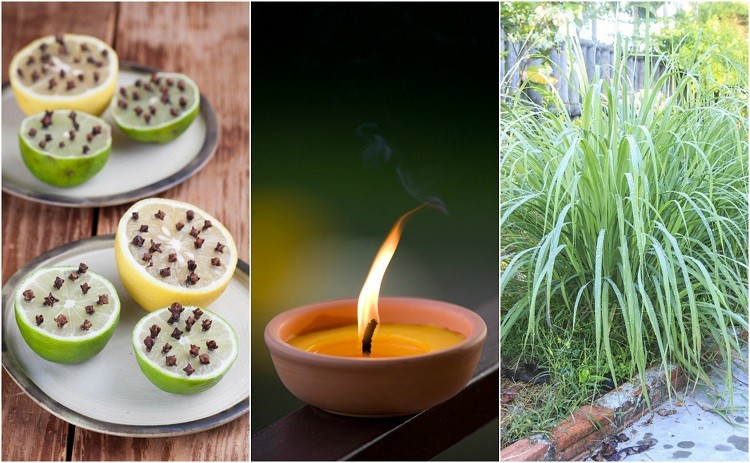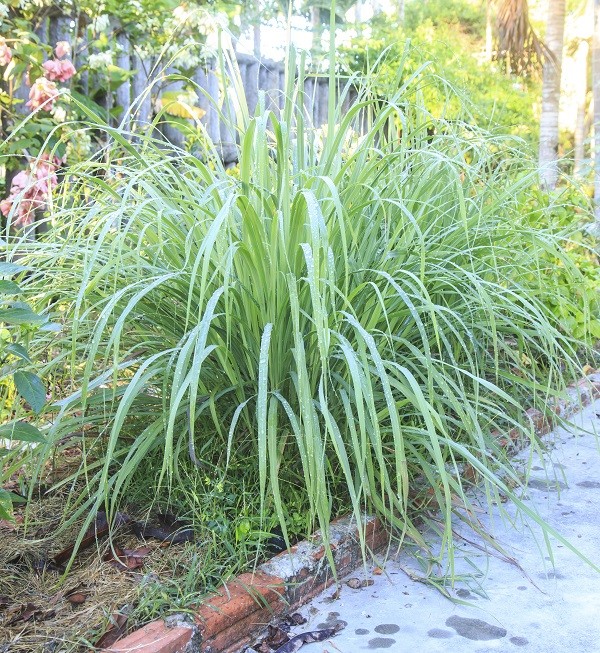
When we hear the words ‘spring’ and ‘summer’, most people think about spending time outdoors, having picnics, or grilling out for family and friends.
Unfortunately, such outdoor activities attract one of life’s little irritations – flies.
While there are many sprays available for skin, clothes, and to treat your environment, the idea of coating ourselves and our surroundings with toxic chemicals is repulsive to many people.
Fortunately, there are several herbs and plants that not only repel flies, but are also attractive to look at and pleasantly fragrant to people.
1. Sweet Basil
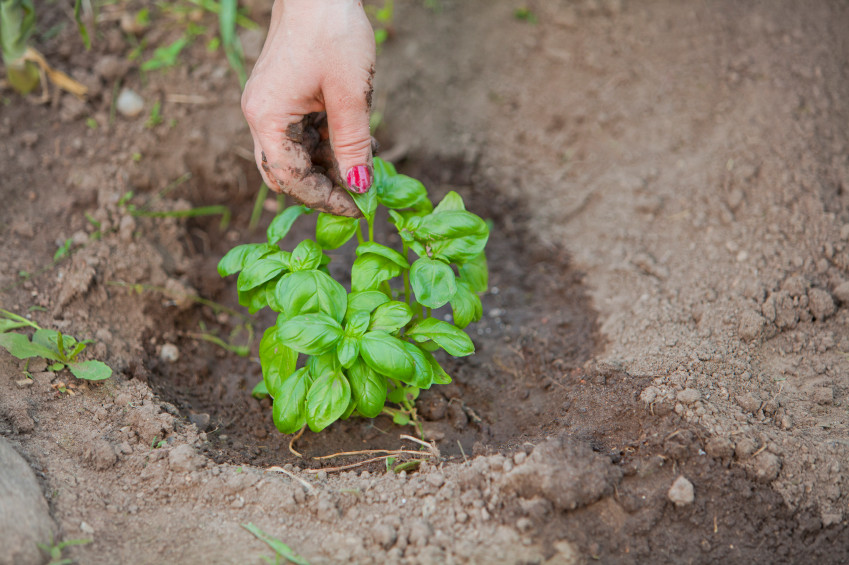
Sweet Basil (Ocimum basilicum) is by far the most popular herb in gardens and in kitchens around the world.
Known for it’s pungent anise-like aroma, basil is a favorite in pots and flower beds near doors and windows.
Not only is basil great for cooking and for its wonderful aroma, O. basilicm is also a natural repellent against flies and mosquitoes.
Here’s a great guide for growing a huge basil bush for unlimited pesto and pungent fly repelling properties.
2. Bay Laurel
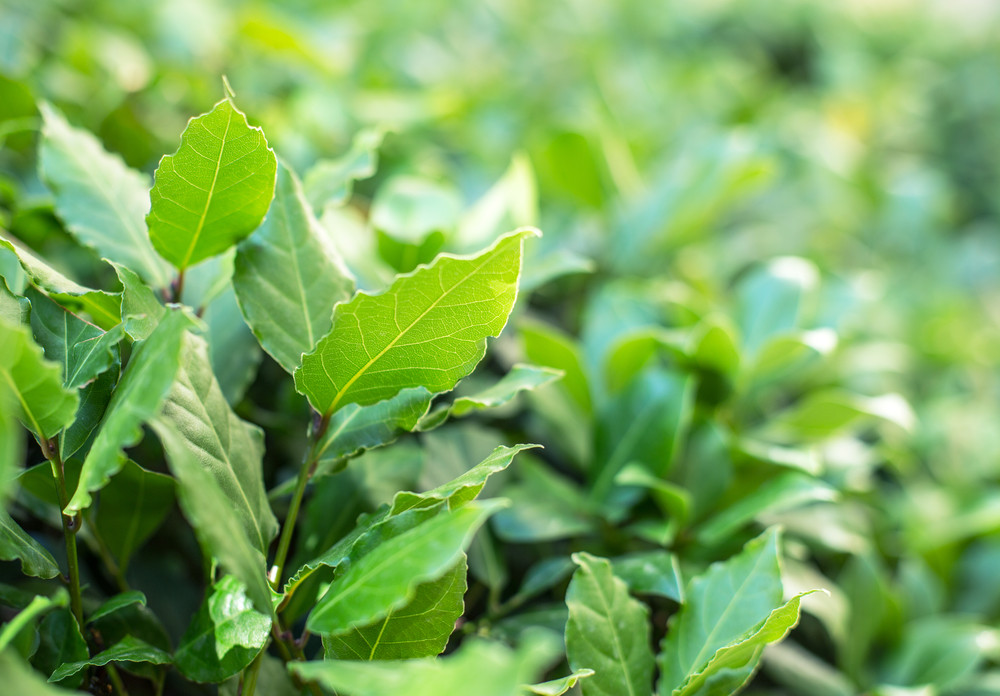
Leaves of the Bay Laurel (Laurus nobilis) are another great pest deterrent.
Not only does this popular herb repel flies, it can also be used to keep moths out of closets, mice and roaches out of your pantry, and bugs out of grains and cereals.
L. nobilis can be grown in pots outdoors in summer to be brought in during the colder months.
Bay leaves can also be dried and bundled to hang near doors and windows or to be dropped into bags of grain.
3. Lavender
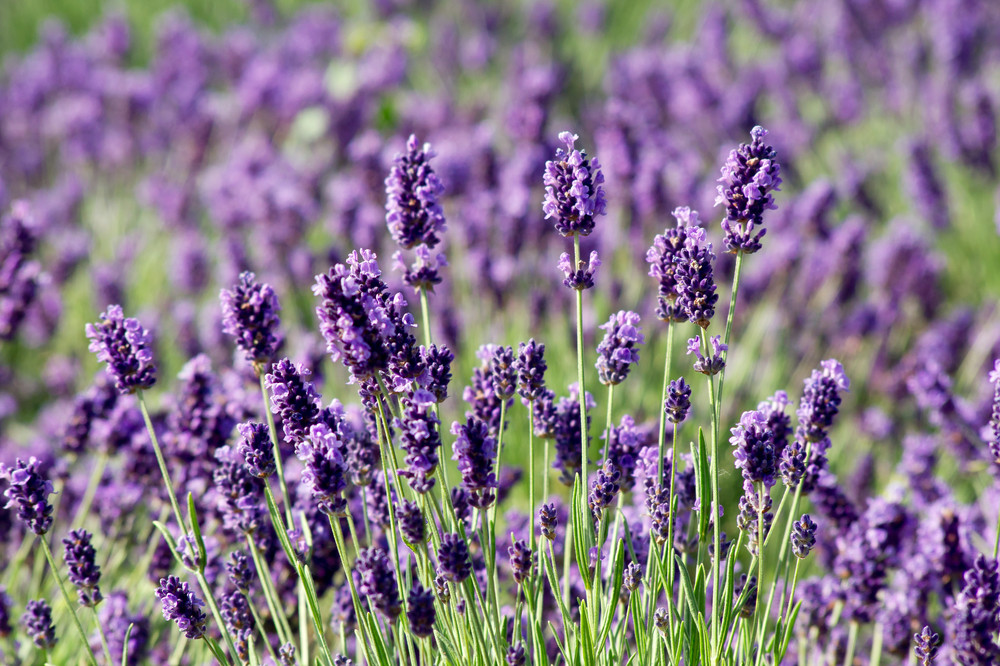
Lavender (Lavandula augustifoli) is often grown for its delightful fragrance and petite purple flowers.
It is traditionally used ground or in dried bunches to add its pleasant aroma to everything from baked goods to chests of drawers.
Lavender is perfect for ornamental planting around doors and under windows, not only for its appearance and scent but also for its insect-repelling qualities.
Lavender repels fleas, moths, and mosquitoes in addition to flies.
Read More: The Total Guide To Growing, Harvesting & Using Lavender
4. Tansy
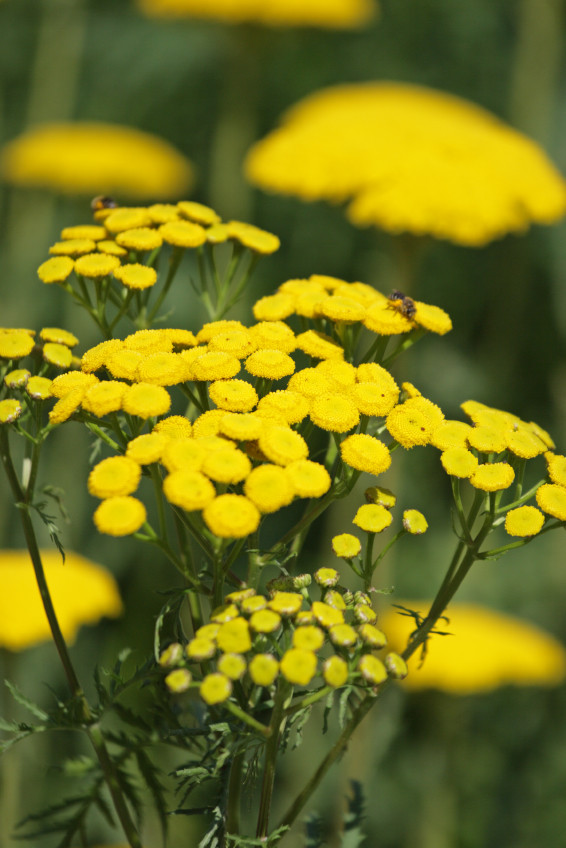
Also known as Bitter Buttons, Cow Bitter, and Golden Button – Common Tansy (Tanacetum vulgare) has been used since ancient times to treat everything from digestive ailments and intestinal parasites to bruises and joint pain.
While many of these uses have since been disproven, Tansy is highly effective at repelling insects and their larvae – so much so that the herb earned negative reputation in the 1800’s for being associated with death due to its prolific use in burial caskets to ward away worms from corpses.
Today, Common Tansy is widely used as a natural insect-repellent.
One word of caution: T. vulgare is considered an invasive species in certain parts of the world. Do your research before putting this herb in the garden and take care not to accidentally harm your local ecosystem.
5. Wormwood
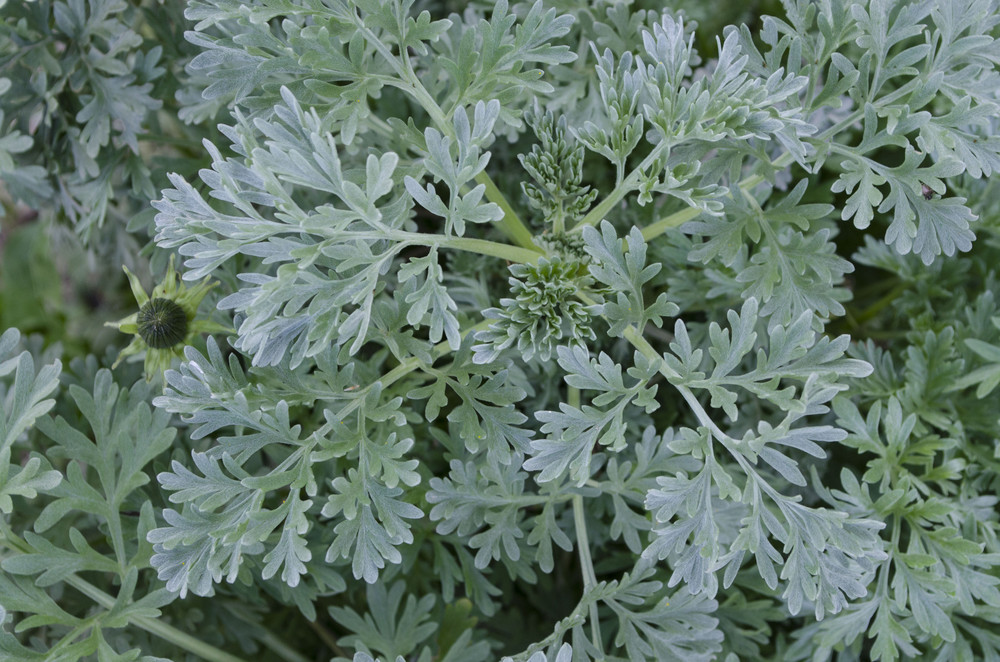
Wormwood (Artemisia absinthium) is perhaps best known for its role in the distillation of the spirit absinthe.
The foliage of the wormwood plant – like most species of Artemisia – is a gorgeous silver-green in color with a velvety appearance due to the trichomes which cover their leaves and stems.
Wormwood is fairly easy to grow, and the oils secreted by the plant are yet another natural repellant for a wide variety of pests including flies, mice, mosquitoes, moths, and ants!
6. Citronella Grass
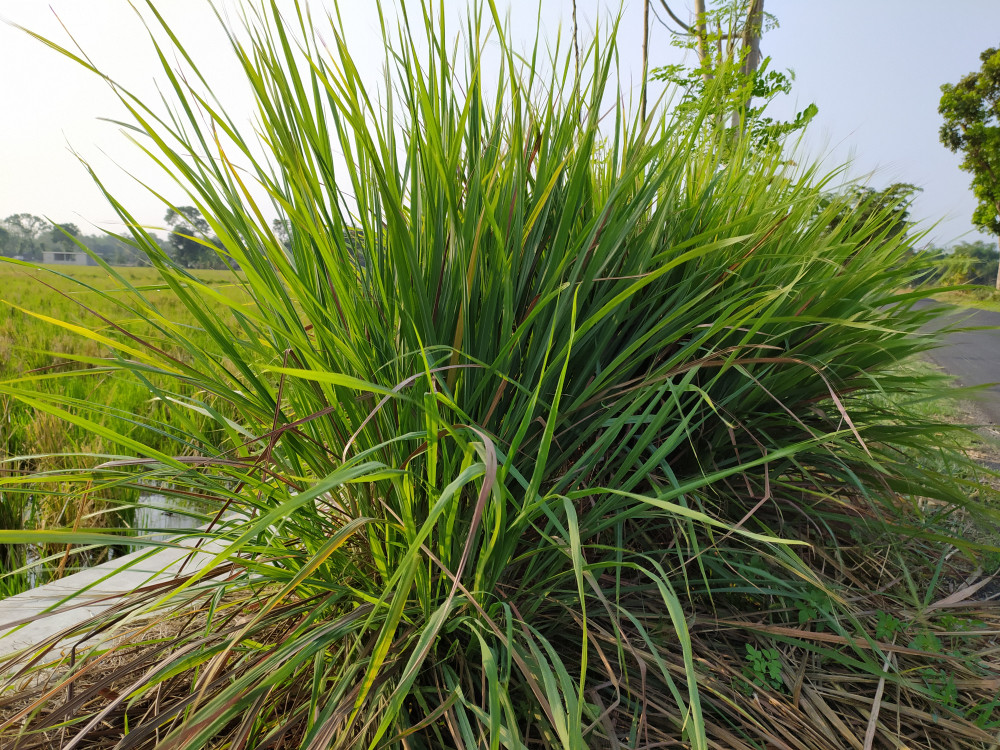
The pungent oil of Citronella grass (Cymbopogon nardus) is probably the most well-known herbal insect-repellent on the market.
A type of Lemongrass, C. nardus is best grown in a controlled environment as it is also considered an invasive species.
Unlike the subtle Lemongrass herb used in many Asian cuisines, Citronella grass is too strong to be palatable and should not be used in cooking.
There are many natural options to choose from when adding insect-repelling plants to your garden.
Of course, all parts of the world are different and it may be necessary to experiment with different combinations of these herbs to figure out what works best for your climate and soil conditions, and against your indigenous fly population.
Before planting it is always a good idea to do some research. Test your soil, and add nutrients as needed to create the ideal environment for your new herbs.
With a little hard work and a small investment of time, your fly-repelling greenery will make your patio or yard the place to be in the coming summer months!

